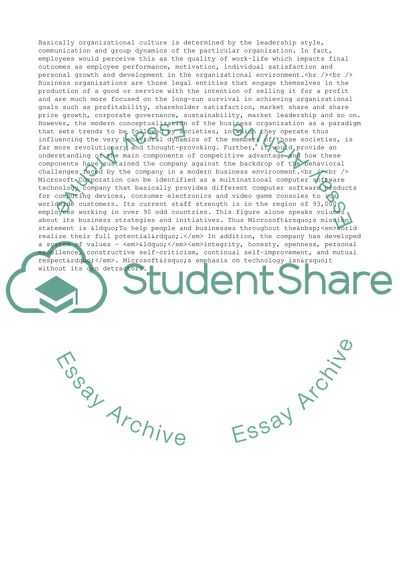Cite this document
(Microsoft Corporation's Organizational Structure Case Study, n.d.)
Microsoft Corporation's Organizational Structure Case Study. Retrieved from https://studentshare.org/business/1562950-organizational-behaviour-report-for-microsoft
Microsoft Corporation's Organizational Structure Case Study. Retrieved from https://studentshare.org/business/1562950-organizational-behaviour-report-for-microsoft
(Microsoft Corporation'S Organizational Structure Case Study)
Microsoft Corporation'S Organizational Structure Case Study. https://studentshare.org/business/1562950-organizational-behaviour-report-for-microsoft.
Microsoft Corporation'S Organizational Structure Case Study. https://studentshare.org/business/1562950-organizational-behaviour-report-for-microsoft.
“Microsoft Corporation'S Organizational Structure Case Study”, n.d. https://studentshare.org/business/1562950-organizational-behaviour-report-for-microsoft.


